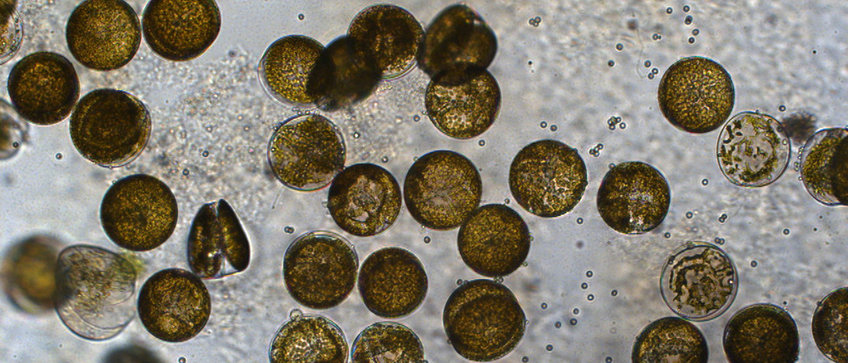
Publications of Evangelos Tatsis
All genres
Journal Article (5)
2016
Journal Article
An unprecedented utilization of pelargonidin and indole for the biosynthesis of plant indole alkaloids. Chembiochem 17 (4), pp. 318 - 327 (2016)
2014
Journal Article
Biosynthesis of nudicaulins. A 13CO2-pulse/chase labeling study with Papaver nudicaule. Chembiochem 15, pp. 1645 - 1650 (2014)
2013
Journal Article
Concentration kinetics of secoisolariciresinol diglucoside and its biosynthetic precursor coniferin in developing flaxseed. Phytochemical Analysis 24 (1), pp. 41 - 46 (2013)
Journal Article
Occurrence of nudicaulin structural variants in flowers of papaveraceous species. Phytochemistry, pp. 105 - 112 (2013)
Journal Article
Nudicaulins, yellow flower pigments of Papaver nudicaule: Revised constitution and assignment of absolute configuration. Organic Letters 15 (1), pp. 156 - 159 (2013)